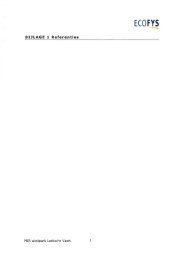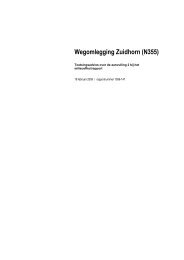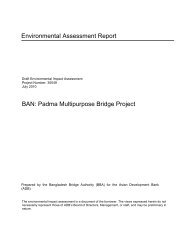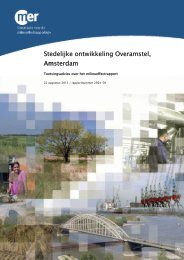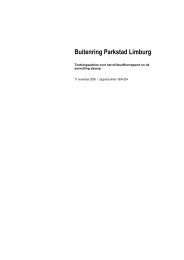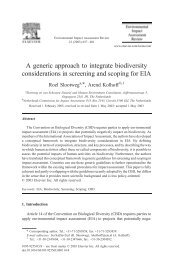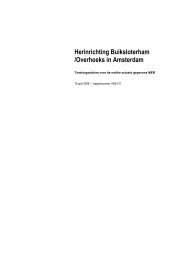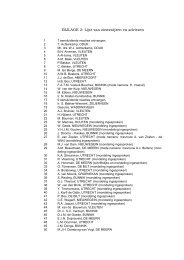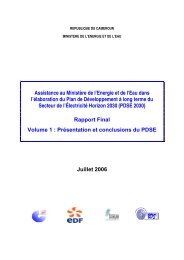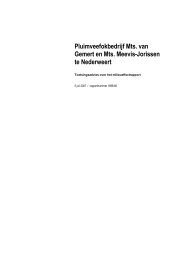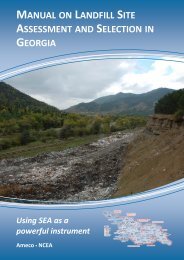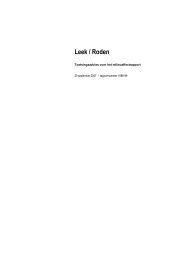Scoping Advice for the Dutch IWRM Support Programme Rwanda
Scoping Advice for the Dutch IWRM Support Programme Rwanda
Scoping Advice for the Dutch IWRM Support Programme Rwanda
Create successful ePaper yourself
Turn your PDF publications into a flip-book with our unique Google optimized e-Paper software.
5.2 ToR <strong>for</strong> SEA <strong>for</strong> <strong>the</strong> Water Resources Master PlanIntroductionThe Water Resources Management Strategy is at present being translated into a comprehensiveNational Water Resources Master Plan (Master Plan), available in draft in June 2013. The MasterPlan process fully integrates and operationalises <strong>the</strong> principles of <strong>IWRM</strong>. An impressive amount ofwork is being carried out by an international team of consultants and a similarly impressiveamount of in<strong>for</strong>mation will become available.The objectives of <strong>the</strong> Master Plan are to:- Quantify available water resources (surface & ground, in time and space) (including waterbalance per (sub)catchment with monthly resolution);- Quantify water resources demand by sector and catchment;- Identify surplus and deficit areas in time and space;- Propose a management plan <strong>for</strong> optimal and rational utilization;The initial 20 year time horizon with monthly and seasonal resolution will, according to <strong>the</strong>inception plan, be expanded to 30 years, considering intermediate situations in years 2020, 2030and 2040.According to <strong>the</strong> ToR <strong>the</strong> Master Plan 41 should include surface and groundwater managementplans; rainwater harvesting plan; monitoring plan; institutional and organisational streng<strong>the</strong>ningplan; operation and maintenance plan. However, in <strong>the</strong> view of SHER consultants, <strong>the</strong> presentationof <strong>the</strong>se ‘sub’ master plans is not appropriate from an integrated water resources managementpoint of view. A water master plan should maintain <strong>the</strong> holistic nature of <strong>IWRM</strong> and aim at <strong>the</strong>optimum allocation of available resources in each catchment or, when needed, transferredbetween catchments. In general <strong>the</strong>se resources also have interdependencies (surfacegroundwaterinteractions) that cannot be dealt with in separate studies. There<strong>for</strong>e a different setof plans is proposed:- Operation and maintenance plan <strong>for</strong> <strong>the</strong> entire monitoring, analysis and management decisionsystem and infrastructure;- Plan <strong>for</strong> legal, institutional and organizational streng<strong>the</strong>ning;- Plan <strong>for</strong> knowledge transfer and capacity building;- Implementation plan <strong>for</strong> <strong>the</strong> water resources management system and infrastructure.- Detailed cost estimates.PlanningThe planning process is split up in three phases:1. Inception phase: 1 month – May 20122. Diagnostic (or exploratory) phase: 10 months. This phase will be concluded with a full accountreport around March 2013.41 ToR <strong>for</strong> <strong>the</strong> development of <strong>the</strong> National Water Resources Master Plan, section IV, p.39-4433



